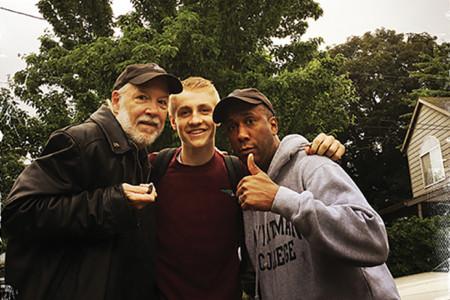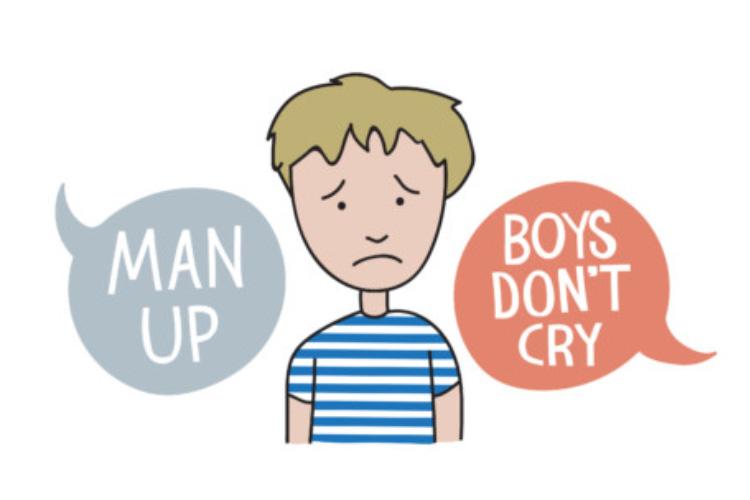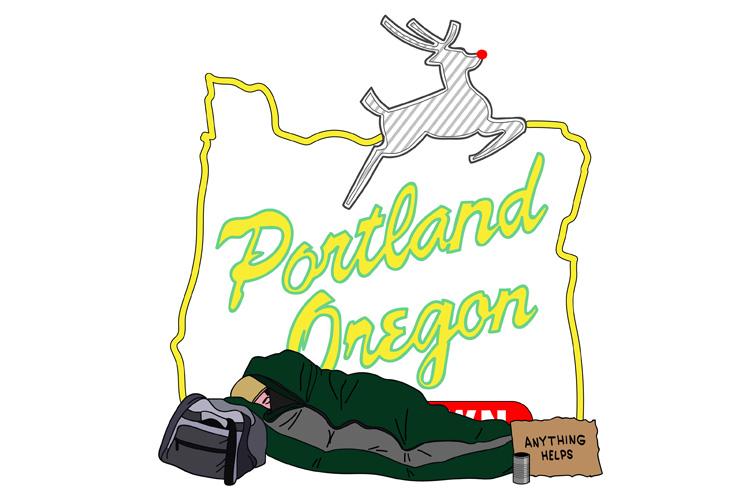It’s a recent first period in Grant Magazine, and I’m helping out a younger staff member brainstorm ideas for a photo story. I run through the camera basics, providing tips while the new photographer nods at the instructions.
As I hold the camera in my hand, my finger resting over the shutter release button, I say: “It’s important to take a lot of photos.” Instantly, I hear the voice of Randy Cox in my head, correcting me: “We don’t take photos,” he would always say. “We make them.”
Randy Cox died in early January after a seven-year battle with Stage 4 kidney cancer. He was an expert photojournalist – the most talented photographer I knew – and best friend of Grant Magazine’s adviser, Dave Austin. He was also a mentor to us magazine staffers.
But the commitment he showed to us and the people around him goes far deeper. I first met Randy in 2014, the summer before my sophomore year, during a photography workshop for the magazine.
Our adviser often asked Randy to share his knowledge on photography with the magazine staff, and Randy would readily be there. I remember older staff members talking about their experiences working with him, and I didn’t know what to expect. I knew he had cancer, and although I had known other people with the disease, I was nervous to meet him. What would I say?
When Randy walked into Dave’s backyard where we were meeting, he was wearing a baseball cap over his thin, white hair. A narrow ponytail draped down his neck, tucked into the back of a Hawaiian shirt. He carried three cameras over his shoulders.
When he started to talk, I instantly felt engaged and connected. The photography staff of 11 students were all focused on him. The way he spoke was thoughtful and inquisitive. He ran through the intricacies of the camera, breaking everything down in terms we could understand. Making photographs wasn’t just pointing a camera and pressing a button, he told us. Rather, it’s about patience, light, framing and – ultimately – purpose.
He ended the workshop with a signature group photo, something he always did at the end of any kind of gathering. Following his instruction, we lined up while he pieced together a makeshift tripod – a chair and his wallet to prop the camera up.
When everything was set, Randy yelled “Jump!” Then, in imperfect unison, we all leapt into the air. He only made one photo, but I knew he had captured the moment perfectly.
While I didn’t know it that day, Randy would go on to help me in ways others never did.
Dave often encouraged me to reach out to Randy when I needed help with a photo shoot and to develop a relationship with him. I’m not sure why, but I was reluctant to call. Maybe it was fear of not doing something well enough to impress him. I knew he’d be willing to help, yet it was intimidating knowing how many years of experience he had in contrast to my few years of seriously practicing photography.
But every time I called or met with him, my anxieties disappeared. He gave me the best advice out of anyone, and he wasn’t hesitant to critique my work, either.
He taught me what it truly means to be a photographer: How to be a “fly on the wall.” How to be patient and wait for the perfect photo. From the tiny details of working with cameras to broader things like how to interact with people, he always had something to offer.
He told me that to make a good photo, you have to put care into it. In the digital age, we can make ten photos in a single second, but Randy instilled in me that photo-making was more powerful than just a click of a button.
Early on, I never understood why he cared so much about me or why he insisted I accompany him on photo opportunities, like the time we went to the St. Johns Parade to practice making photos. But as I look back, I know it’s because he had an innate kindness in his heart, and he was born to teach. With every word he spoke or question he asked, Randy made me feel like the most important person in the world, and I know anyone who even had the chance to speak with him once would say the same thing.
Despite his battle with cancer, he was always eager to help me and the magazine. Even from his hospital bed as his health was deteriorating, Randy was critiquing our work, offering edits and advice.

A week before Randy died, a group of magazine staffers went to his house to do yard work, a small gesture to offer our help during a difficult time for his family. He was at home and hospice workers were coming to set up to care for him in his final days.
We raked the leaves, cleaned the patio, picked up sticks and smoothed out the dirt in the side yard. I brought with me a poster of some recent photographs of the Grant Magazine editors that I’d made for Randy. In one of the photos, all 10 of us were jumping in the air, like that first picture Randy made of me and that old group. I didn’t think that he’d see it.
We were getting ready to leave when his wife, Joany Carlin, opened the front door. Randy had seen me through the window and asked for me to come inside, she said. He sat in a chair in the living room, the soft yellow glow of an incandescent light illuminating the side of the thinning features of his face. I handed him the poster.
When he looked at the images, I saw a spark in him that I wasn’t expecting. He pointed out why the photos worked. He told me the composition was well done. He even gave me a few pointers for the next set of photos I’d make. Physically, he didn’t look like the Randy Cox I met back in 2014, but I knew he was still the same.
I thanked him for the lessons and skills he’d taught me, and in that moment, I knew more than ever the importance of living life selflessly and to the fullest, just as Randy did. He looked up at me, and I knew it would be the last time I’d see him.
As I turned to leave, he said, “Wait, come back.”
He held up the poster and said, “This is great. Thank you.” ◆




































![Artita-Guerrero knows that she will always remember her mom, but as she grows older her memories become less pronounced. “It’s the smaller things I wish I could remember but can’t,” she says.“So many other thing have happened in my life that I’m kinda like covering...[her death].”](https://grantmagazine.com/wp-content/uploads/2017/02/DSC_5574-copy-copy.jpg)



